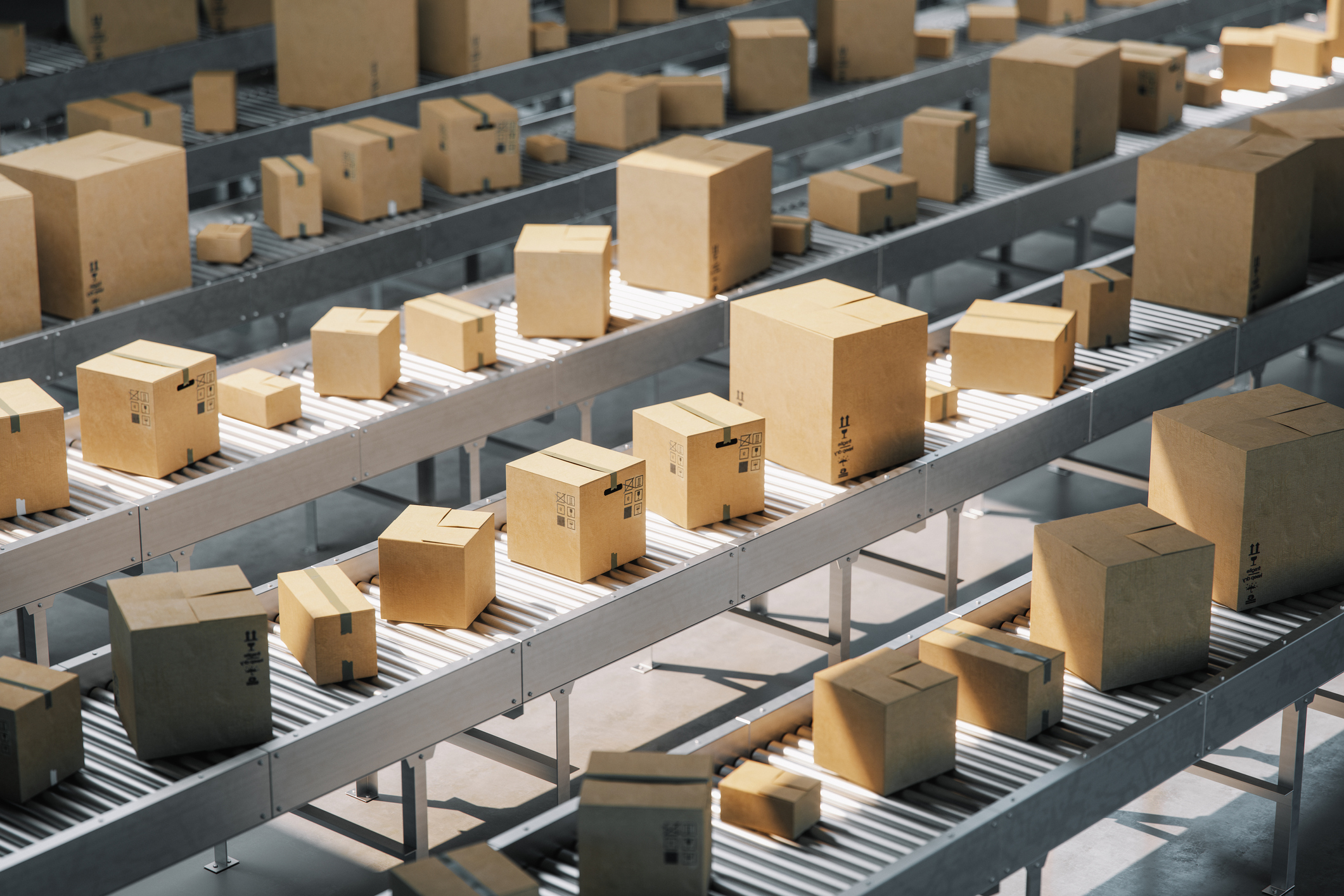Paul Soong explains how recent global events have highlighted the need for importers and exporters to double down on technology such as machine learning and artificial intelligence.
The stranding of the Ever Given in the Suez Canal in March highlights the fragility of global supply chains, particularly in these capacity restricted pandemic times. With the Ever Given blocking the canal, over 300 ships were held up at either end of the waterway, throwing world-wide shipping into disarray.
The Ever Given incident shows the need for exporters and importers to have options when it comes to their supply chains. For New Zealand, so reliant on those supply chains, not only for its imports but also for its high-quality food exports, there’s a need to diversify supply chains, particularly in light of COVID. The incident also highlights the need for importers and exporters to double down on technology, particularly the use of machine learning (ML) and artificial intelligence (AI), as we will see.
The COVID emergency
The pandemic forced Air New Zealand to open up its chartered shipping operations. In March of last year the cargo division pivoted to a cargo-only charter model and conducted its first charter flight at the end of that month. In the following ten weeks, it operated 250 cargo-only charter rotations to North America, Australia and Asia, including at one point double-daily services into Shanghai. By May, Air New Zealand had commenced scheduled services under the International Airfreight Capacity scheme, which is administered by the New Zealand Ministry of Transport.
At the same time, ocean shipping into and out of New Zealand was reconfiguring itself to deal with congestion at the Ports of Auckland, the main sea gateway into the country. In response, the shipping line Maersk, opted to skip Auckland altogether because of the congestion and delayed vessel berthing, instead going to alternative ports around the country.
This congestion has been echoed all the way around the world – and not just because of Ever Given-related traffic overload. Instead, exporters and importers are moving to the air for time-sensitive shipments. According to the International Air Transport Association (IATA), air cargo demand has steadily climbed in the aftermath of the pandemic. This rise in air cargo has seen overall traffic outperform pre-COVID levels, with demand up over nine percent compared to February 2019, the most recent figure available for comparison.
The IATA also said February 2021 levels had also showed strong month-on-month growth over January 2022 levels as volumes had now returned to 2018 levels prior to the US-China trade war.
Dynamic routing and customer experience
This quick pivot to air transport shows the need for supply chain companies to be able to adapt quickly to changing circumstances. In fact, over the next five years, our research indicates that the majority (67 percent) of supply chain companies believe that customer experience (CX) will become the number one brand differentiator.
What does this mean? Doubling down on CX is all about developing personalised experiences through the supply chain process. As a result, supply chains must move away from mass market methods, and instead offer different supply options to their customers. On a consumer level, this means providing different delivery options, including click and collect, free shipping or contactless delivery.
For supply chain business customers, CX is all about being able to use dynamic routing powered by machine learning and artificial intelligence. Using AI and ML, dynamic routing can give supply chain firms the ability to consider plans B, C and D, offering alternative ways ocean and air freight cargo can be moved from source to customer when uncertainties like pandemic-related border closures happen.
Also importantly, AI and ML’s role in dynamic routing aid the customer experience because they can manage, in real time, the expectations of the consumer through consistent, accurate and reliable delivery updates.
How supply chains can adapt in 2021
While many countries have got the pandemic under (relative) control, there are others, such as India and in Africa, that are still battling outbreaks. And those outbreaks can have a major impact on supply chains of both raw materials and finished goods. One way that supply chain companies can deal with this uncertainty is to invest in their IT systems. In fact, our research shows that the majority of supply chain companies (61 percent) are now looking at prioritising their investment in information technology to generate greater operational efficiencies, reduce uncertainty, allow dynamic routing and to enhance innovation.
One barrier to success for supply chain companies is that information is often siloed. In other words, different departments hold different types of data, and it’s not shared. This blocks supply chain innovation, and so breaking down internal barriers is a major step supply chain companies can take to develop new products and solutions.
By breaking down silos, information is shared, and that data can be analysed by ML and AI to find operational efficiencies.
For New Zealand supply chain companies, investing in IT is the next best step they can take to deal with uncertain times. Using AI and ML, as well as focusing on customer experience and dynamic routing, will allow exporters and importers to thrive in uncertain times.
Paul Soong is Regional Director, ANZ for BluJay.




